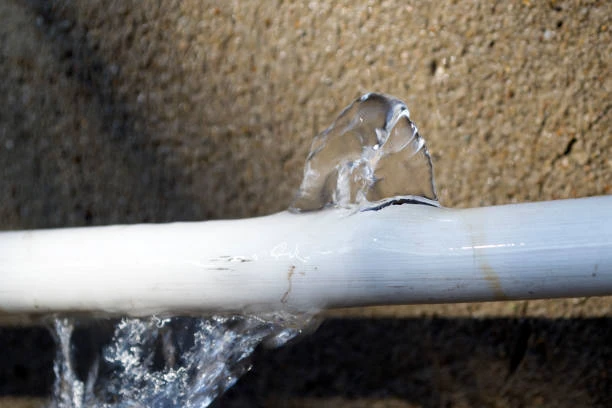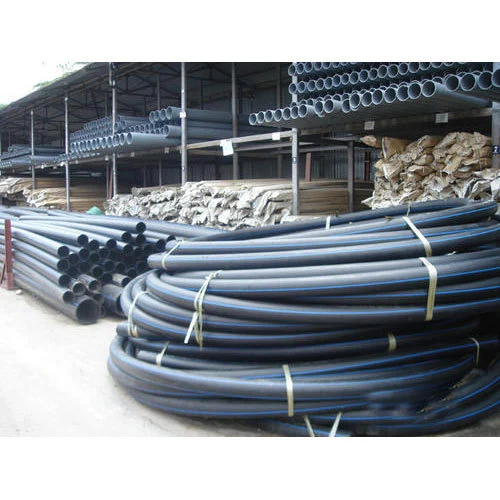Introduction
As temperatures drop, plumbing systems can face unique challenges. Whether it’s frozen pipes or the need for durable connections in cold weather, homeowners often find themselves battling what we can term “chilly plumbing” problems. Fortunately, advancements in plumbing technology have introduced solutions like all-weather solvent cement. In this article, we’ll explore how this innovative product can effectively address chilly plumbing issues, ensuring your pipes remain secure and functional throughout the winter months.
Understanding Chilly Plumbing Problems
What Are Chilly Plumbing Problems?
Chilly plumbing problems typically arise during the colder months when temperatures dip below freezing. These issues can include:
- Frozen Pipes: Water inside pipes can freeze, causing blockages or even bursting pipes, which can lead to extensive damage and costly repairs.
- Poor Adhesion in Cold Weather: Traditional adhesives may fail to bond properly in low temperatures, resulting in leaks or weak joints.
- Condensation Issues: Cold temperatures can cause condensation on pipes, leading to mold growth and other moisture-related problems.
The Importance of Reliable Solutions
To prevent these issues, homeowners need reliable solutions that can withstand the rigors of winter. All-weather solvent cement has emerged as a go-to choice for plumbing professionals, offering a robust solution to chilly plumbing problems.

What is All-Weather Solvent Cement?
Definition and Composition
All-weather solvent cement is a specially formulated adhesive designed for use in plumbing systems. It typically consists of a blend of solvents and resins that provide a strong, waterproof bond, even in low temperatures.
Key Features
- Temperature Resistance: This cement is specifically designed to perform well in a range of temperatures, including cold conditions.
- Fast Setting Time: Many all-weather solvent cements offer quick drying times, allowing for immediate use after application.
- Compatibility: It works well with various materials, including PVC, ABS, and CPVC, making it a versatile choice for many plumbing applications.
Benefits of All-Weather Solvent Cement for Chilly Plumbing
1. Enhanced Bonding Strength
All-weather solvent cement provides superior bonding strength, ensuring that joints remain secure even in extreme temperatures. This strength is crucial for preventing leaks and maintaining the integrity of your plumbing system.
2. Freeze Resistance
One of the most significant advantages is its ability to resist freezing conditions. Traditional cements may become brittle in the cold, leading to potential failures. All-weather cement maintains flexibility, reducing the risk of cracks or breaks.
3. Versatility in Applications
Whether you’re working on a residential plumbing project or a commercial installation, all-weather solvent cement is suitable for a variety of applications, from piping to fittings. Its compatibility with multiple materials makes it an excellent choice for diverse plumbing needs.
4. Time Efficiency
With its quick setting time, all-weather solvent cement allows plumbers to work efficiently, completing projects faster without sacrificing quality. This efficiency is especially important when dealing with winter emergencies.
How to Use All-Weather Solvent Cement
Step-by-Step Application Guide
Using all-weather solvent cement is straightforward, but it’s essential to follow the correct procedures for the best results:
- Preparation: Ensure that the surfaces to be bonded are clean, dry, and free from debris. Use a cloth to wipe the surfaces if necessary.
- Cutting Pipes: Cut pipes to the desired length using a pipe cutter for a clean edge. Ensure the edges are smooth to allow for a good seal.
- Apply Primer (if needed): Some products recommend using a primer before applying the solvent cement, especially for PVC pipes. This step enhances adhesion.
- Apply the Cement: Using an applicator or brush, apply a liberal amount of all-weather solvent cement to both the pipe and the fitting. Be sure to cover all surfaces.
- Join the Pieces: Quickly push the pipe into the fitting, giving it a slight twist to ensure even distribution of the cement.
- Hold in Place: Hold the joint together for about 30 seconds to allow the cement to set initially. Follow the manufacturer’s recommendations for full cure time.
- Check for Leaks: After the cement has cured, test the system for leaks before putting it into regular use.
Preventing Chilly Plumbing Problems
Regular Maintenance Tips
To keep your plumbing system in top shape during the winter months, consider these maintenance tips:
- Insulate Pipes: Insulating pipes in unheated areas can prevent freezing. Foam pipe insulation is an effective solution.
- Keep the Heat On: Maintain a consistent temperature in your home, especially in areas where plumbing is located.
- Let Faucets Drip: Allowing a small drip from faucets can help prevent water from freezing in pipes.
- Seal Gaps: Inspect your home for drafts and seal any gaps around windows, doors, and walls to keep the cold air out.
Conclusion
All-weather solvent cement is an invaluable tool for tackling chilly plumbing problems. By providing strong, flexible bonds that resist the cold, it ensures that your plumbing remains functional throughout winter. Whether you’re a DIY enthusiast or a professional plumber, understanding how to effectively use this product can save you time, money, and frustration. As winter approaches, equip yourself with the right materials and knowledge to tackle any plumbing challenge that arises.
FAQs
- What is all-weather solvent cement used for?
- It’s used for bonding pipes and fittings in plumbing systems, particularly in cold weather conditions.
- How does all-weather solvent cement work?
- It works by creating a strong, waterproof bond between materials like PVC, ABS, and CPVC, even in low temperatures.
- Can I use all-weather solvent cement in hot weather?
- Yes, it is versatile and can be used in both hot and cold weather applications.
- How long does all-weather solvent cement take to set?
- Setting times vary by product, but many offer quick drying times, allowing for immediate use after application.
- What should I do if my pipes freeze?
- If pipes freeze, thaw them carefully using a hair dryer or warm towels, and check for any cracks or leaks before turning the water back on.


















